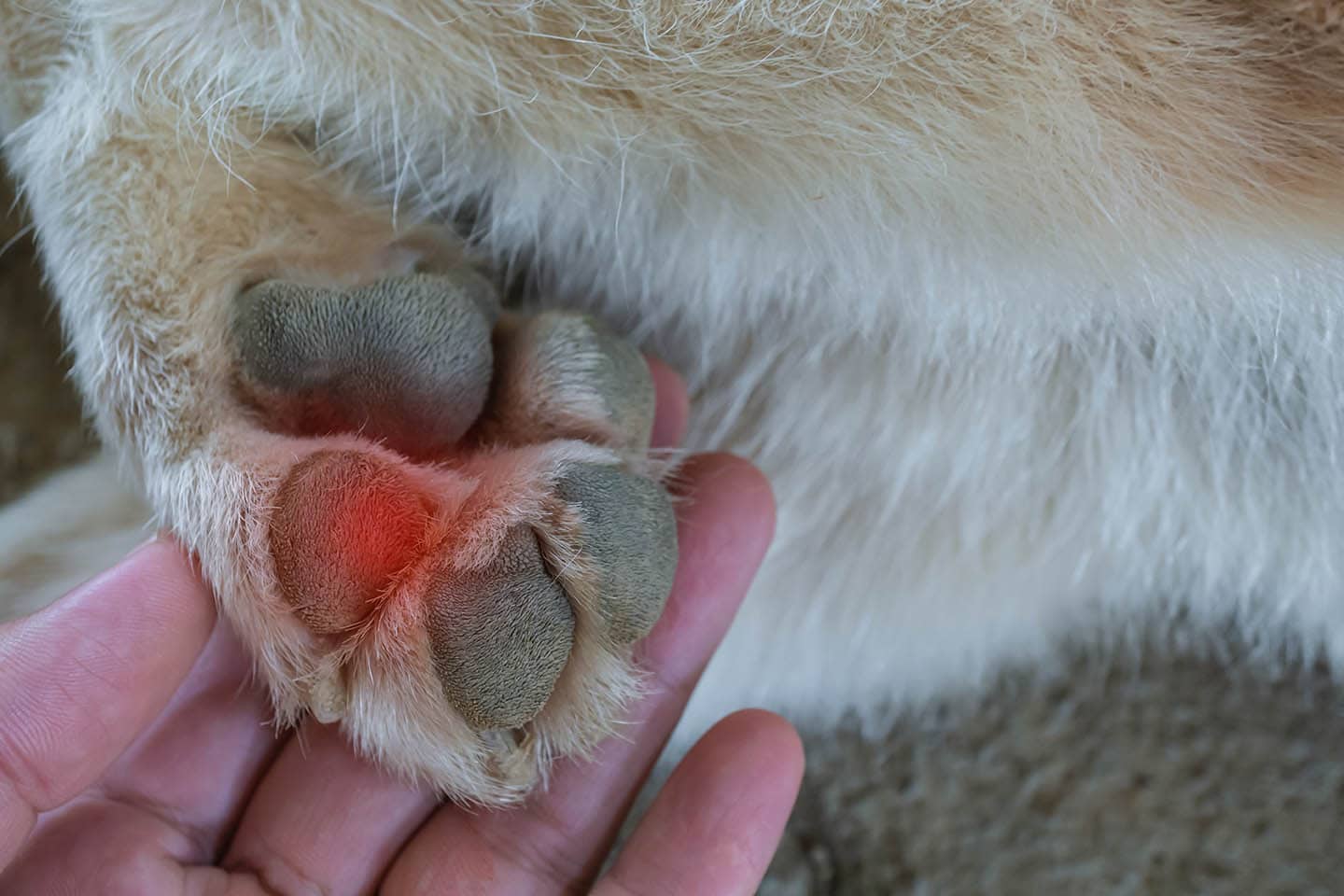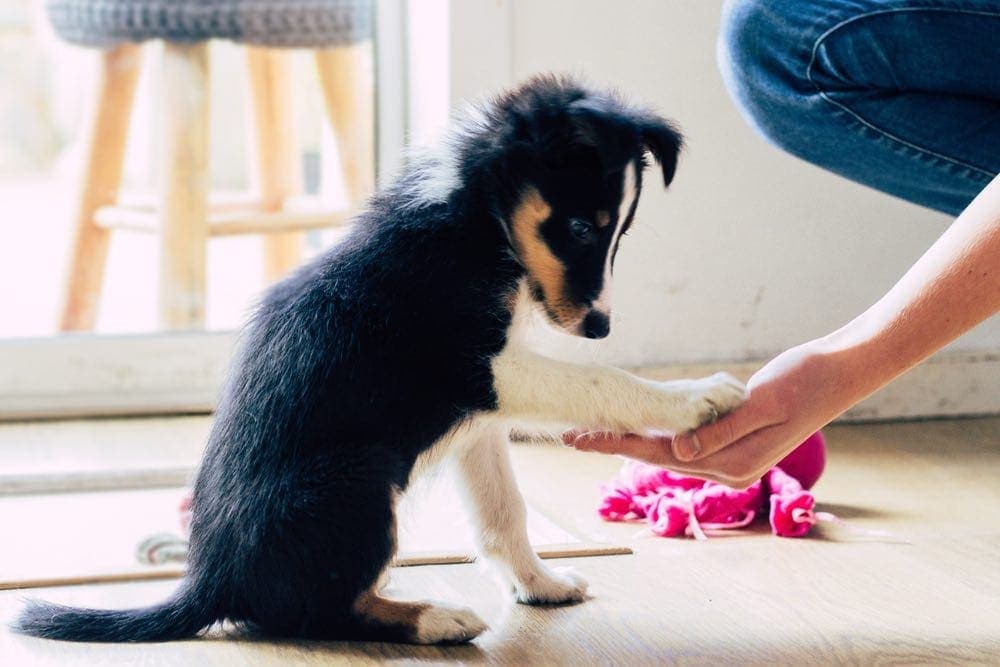As the weather gets warmer, people tend to spend more time outside. Naturally, this means our four-legged companions are spending lots of time outdoors as well, accompanying us on hikes, jogs, walks, and more. Most people consider their pet’s health on these outings, ensuring adequate hydration and other safety precautions. But there’s one often overlooked aspect, which is your dog’s feet.
Even if it doesn’t seem sweltering hot outside, the ground has been soaking up the sun’s heat and can be substantially hotter than the ambient air temperature. Dogs may have a high tolerance for pain and thick pads to protect their feet, but that won’t help much against the burning heat of asphalt. It doesn’t take long for those paw pads to burn, a condition that’s painful for your dog.
Do All Dogs’ Pads Burn?
Given enough heat and time, any dog’s paw pads will burn. However, some dogs are more protected naturally than others, which will allow them to stave off burns for longer. Even so, walking that dog on 150-degree asphalt for several minutes would undoubtedly still result in paw pad burns.
Dogs that spend a lot of time outside are less susceptible to pad burns. These dogs usually have thicker, tougher paw pads, to begin with. Likely, they’re also used to dealing with the heat, so they have a higher heat tolerance. Additionally, dogs with fur between their pads have an additional, albeit slight, layer of protection.
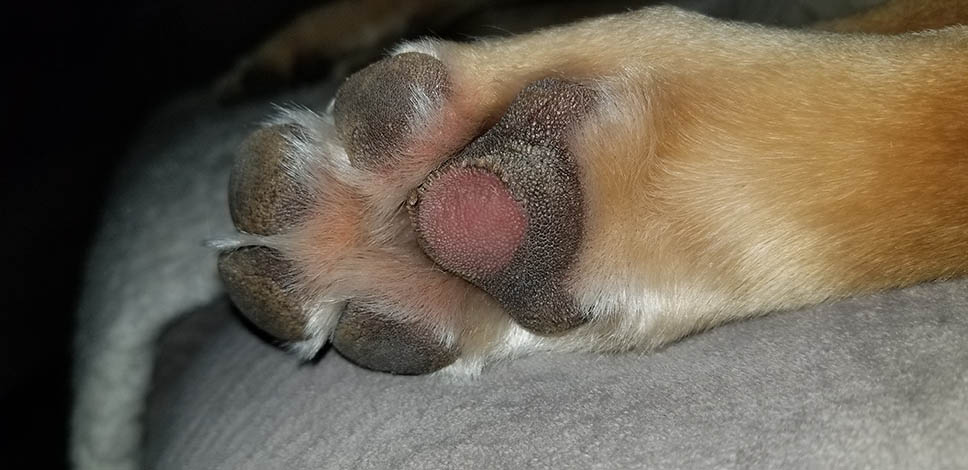
How Hot is the Ground?
Many people walk their dogs along the road or sidewalk without giving it much thought, but concrete and asphalt can be far hotter than you might expect. Materials such as grass aren’t likely to burn your dog’s pads. Granted, even grass can be 10 degrees warmer or more in the sun versus the shade, but the grass doesn’t generally get hot enough to cause damage.
Asphalt is an entirely different story though. Most of our roads are made from asphalt, which means we commonly walk on it through neighborhoods and more. But that asphalt is soaking up the heat from the sun and can cause serious damage to your dog’s pads. If you’ve ever walked on hot asphalt in the summer, you might have felt your shoes sticking to it due to the intense heat.
Asphalt can be far hotter than the ambient air temperature. If it’s 95-100 degrees Fahrenheit outside, the asphalt can be 150 degrees F or hotter. Even when the ambient temperature is just 85 degrees F, asphalt can be as hot as 130 degrees F — easily hot enough to burn your dog’s paws.
What about concrete? Surely concrete is safer than asphalt? Yes, this is definitely the case. But depending on the ambient air temperature, concrete might not be a whole lot better. If the outside temperature is 85 degrees F, concrete will only be about 20 degrees hotter. But with an ambient air temperature of 95-97 degrees F, the concrete will be over 140 degrees F.
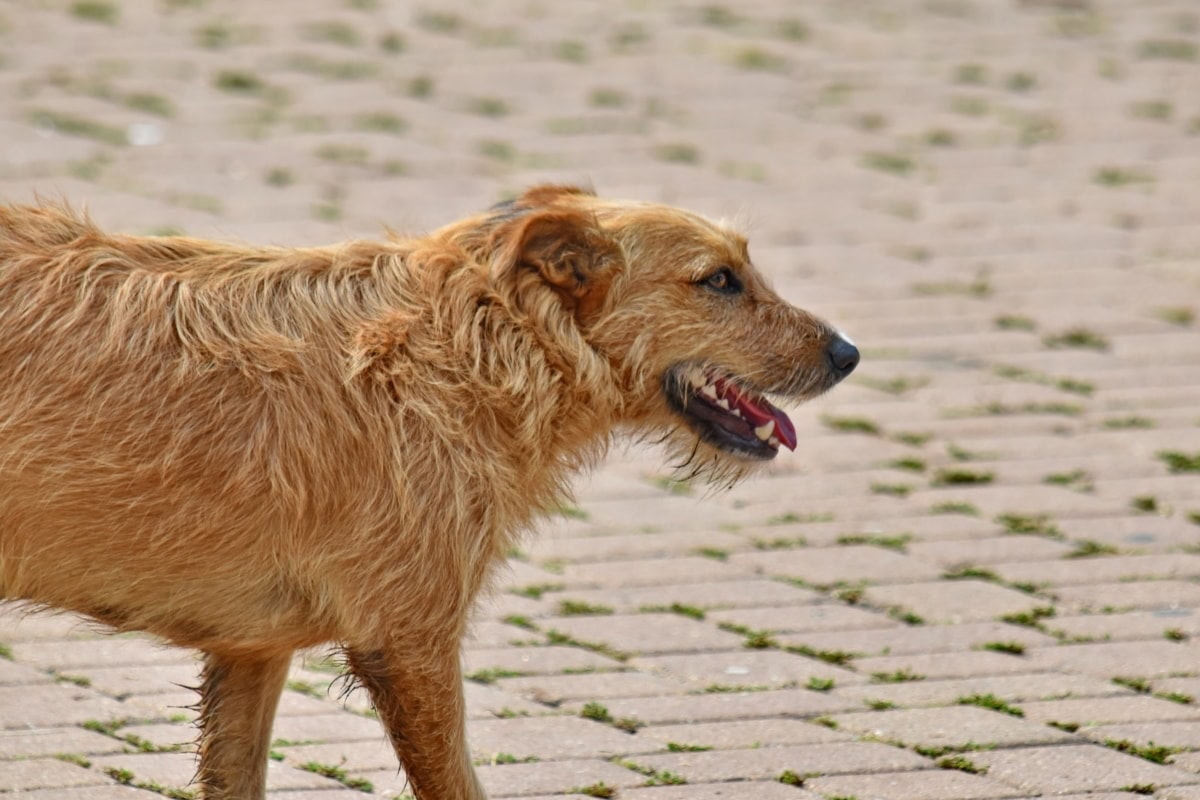
The Best Treatment is Prevention
If your dog’s pads get burned, you’ll need to treat them right away. But an ounce of prevention can go a long way, and it’s the best treatment plan by a long shot. So, how can you prevent your dog from getting pad burns?
The first and most obvious answer is to not walk your dog on surfaces that are hot enough to burn their pads. Of course, every dog is different. As we mentioned, some factors enable certain pups to handle more heat than others, so there’s no set temperature to avoid. Instead, you can use the common-sense hand test. Simply put your hand palm down on the ground in an area where the sun can reach. If you can leave your hand there comfortably, your dog will be fine. If it’s too hot for your hand, it’s probably too hot for your dog’s pads too.
That said, our dog’s pads are generally tougher than our palms. Another way to prevent burns is to condition those pads to be even tougher. The best way to do this is to walk your dog on rough surfaces like concrete year-round. This will keep the pads tough, thick, and sturdy. If your dog doesn’t go on long walks all winter but starts long walks on the hot summer concrete, its paws won’t be conditioned for it.
But what if you live in a hot state where the ground is just going to be burning hot once the sun comes up? Should you only let your dog walk on grass? Well, that’s an option, but a better choice is to get some dog shoes or booties. These go over your dog’s feet, protecting them from the heat. They’ll also protect your dog’s pads from abrasion. But they won’t allow your dog’s pads to keep getting tougher on their own, which is a definite drawback to this approach.
How to Treat Burned Paw Pads
The way pad burns are treated depends on the severity of the burns.
For worst-case scenarios, dogs will require professional treatment. Sometimes, this even means having the remaining pad stitched back on, if there’s any left to save. Usually, bandages and antibiotics are sufficient to begin the healing process.
During healing, dogs will need to take things easy and avoid damaging their feet further. They should remain on soft surfaces and avoid surfaces that hold heat. Licking should also be prevented, which is usually managed by putting soft socks over the dog’s feet.
Unfortunately, pad burns can take a long time to heal. It’s an area that’s constantly in use. Your dog can’t walk without using its paw pads, so lots of patience will be necessary. For severe cases, it could take several weeks before the paw is healed enough for your dog to resume normal life. On the plus side, there are no lasting side effects of pad burns.
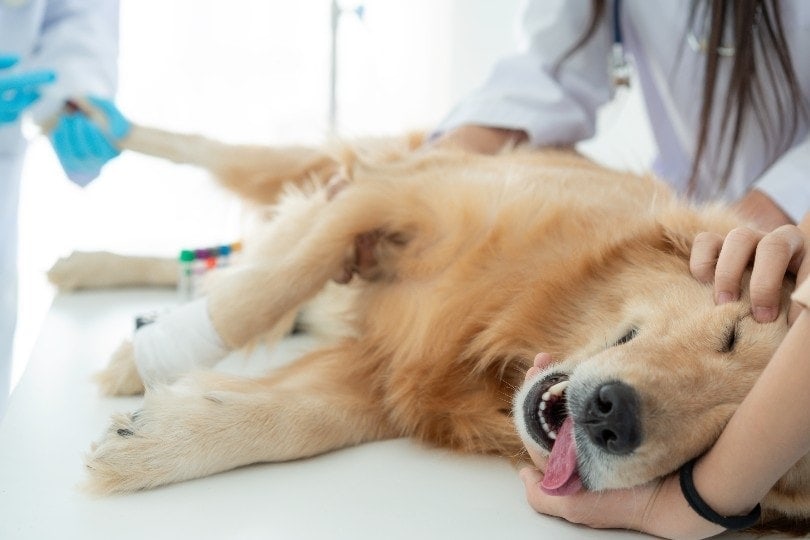
Pad Burn Symptoms
At this point, you know how to prevent and treat pad burns. But if your dog has pad burns, will you be able to tell? Dogs have a high tolerance to pain — often, much higher than our own. This means that your dog might not give you any obvious indications that there’s a problem. So, you need to look out for:
- Limping
- Refusal to walk
- Excessive licking at the feet
- Biting at the feet
- Redness or blisters
- Open sores
- Pads are discolored
- Parts of the pads are missing
Conclusion
Hopefully, your dog will never have to experience paw pad burns. The unfortunate truth is that this is a rather common condition. It ranges in severity from minor discomfort to paw pads that are falling off and destroyed. Remember, an ounce of prevention is worth more than a pound of treatment. Keep your dog safe and their paw pads conditioned and with a little luck, you’ll never have to deal with paw pad burns.
Featured Image Credit: SingjaiStocker, Shutterstock

